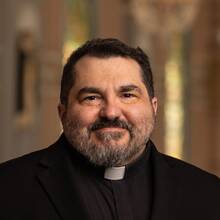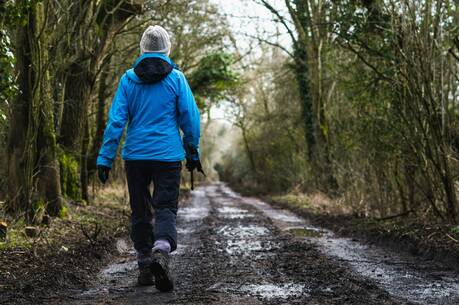Remain in Me
In last week’s Gospel reading, Jesus emphasized the unity he and his disciples share, using the image of the good shepherd. This week he speaks of the same unity with the symbol of a vine and its branches.
‘If you remain in me and my words remain in you, ask for whatever you want and it will be done for you.’ (Jn 15:7)
How strong is your connection to the vine?
How much energy do you draw from God?
How much of that energy do you use to give life to others?
The care of grapevines is one of the oldest horticultural practices in Western civilization. Clear archaeological evidence for winemaking comes from Armenia about 4100 B.C. The artifacts found there indicate that practices have not changed much in 6,000 years. As Jesus watched the vinedressers of his day, he saw practices like those one might find today in any of the world’s great wine regions.
One of the most important of these practices is the pruning of vines. Anyone examining a grapevine will notice two types of stem. One is the brown, woody vine that runs from the taproot upward and along the trellis. If tended properly, these vines can grow quite long and live for over a century. The second kind are the green, herbaceous stalks that shoot out from the vine. They usually last only one or two seasons before they die off. These delicate stalks bear leaves and often produce fruit. Some do not, however, because of poor sunlight or partially blocked joints. An overabundance of these non-fruiting stalks saps the plant of energy and reduces the size, abundance and quality of the grapes. Vinedressers prune off these non-fruiting stalks to direct the plant’s energy into those branches that will produce both leaves and fruit.
This is the symbol Jesus develops in this week’s Gospel reading. Jesus is the perennial vine from which the green shoots spring. Some do not form a strong connection with him. Like the fruitless stalks of a grapevine, they draw energy but produce no fruit. Others remain firmly attached to him and produce much fruit. The Father prunes away the former in hopes of giving life more abundantly to the latter.
A disciple’s decision to remain in Christ marks the difference between those who bear fruit and those who are pruned away. As John speaks of it here, remaining in Christ is an active concept. It is not enough to draw life and energy from one’s faith; a disciple must also bear fruit. The first and second readings today give some examples of this fruit. Saul spoke openly of his faith in Jesus Christ and inspired others to follow him. Early Christians lived in peace, sharing all they possessed. John reminds Christians of their commitment to love one another and so remain in Christ. In each example, disciples had to take the life they drew from Christ and use it to do something novel, something challenging, something life-giving to others. They were the green shoots that produced much fruit.
Disciples today must remember the same lesson. Although our techniques to remain in Christ and produce fruit might not look anything like those in the New Testament, they must be just as vigorous. Those of us who draw life from the Spirit of the risen Christ must use that power to give new life to others.
This article also appeared in print, under the headline “Remain in Me,” in the April 16, 2018, issue.









